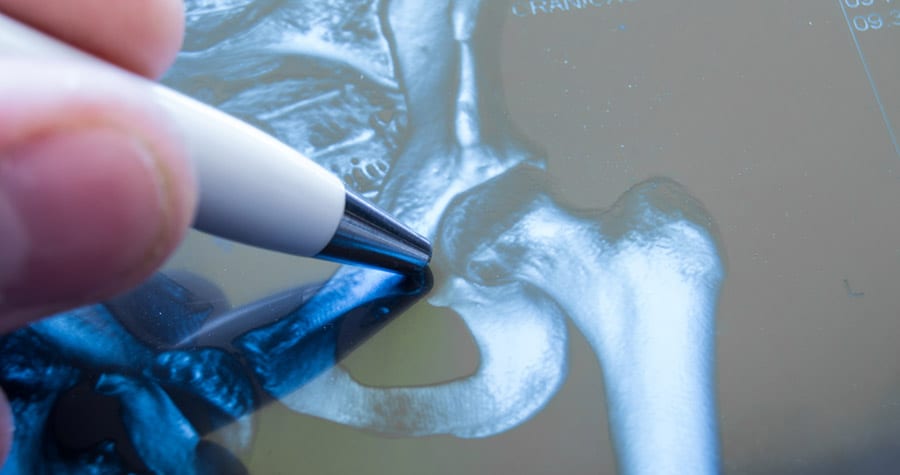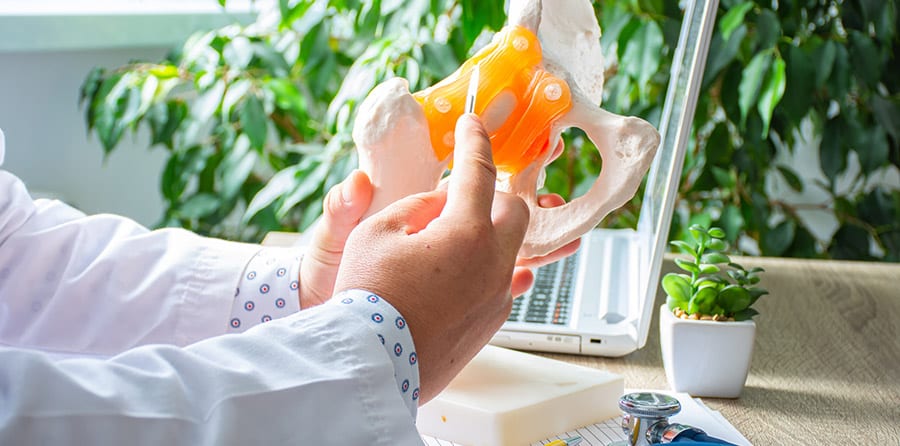
Common Orthopedic Problems in Athletes
Athletes commonly have orthopedic problems due to injury or overuse of the musculoskeletal system. Sometimes little treatment must be done to fix an injury, and sometimes more in depth measures are taken in order to promote healing.
Ankle Fractures
One very common orthopedic problem among athletes is ankle fractures or broken ankles. This is often due to a quick change in direction while running or a misstep while practicing a sport. Swelling, pain, tenderness, and bruising are all symptoms of an ankle fracture. An orthopedic surgeon can help determine if a fracture needs surgery or less intense care to heal. X-rays, stress tests, CT scans, and MRIs can be done to determine the severity of the injury. Surgery may not be required if the ankle is stable, because this means the broken bone is not out of place. An orthopedic surgeon will suggest several different methods to protect the fracture during the healing period. Seeing an orthopedic surgeon regularly during healing to repeat ankle x-rays is important to make sure the fracture fragments have not moved out of place. If the ankle is unstable, surgery may be required. Bone fragments are realigned and held together with screws and metal plates.
Hip Bursitis
Another common orthopedic problem in athletes is hip bursitis. Symptoms of this include pain at the point of the hip, extending to the outside of the leg. This can be caused by repetitive stress on the hip or overuse of the area. With athletes putting strain on their joints while running, hip bursitis becomes an issue. Orthopedic surgeons often use non-surgical treatment for this condition, including steroid injections, physical therapy, activity modification, and anti-inflammatory drugs. Although surgery is rarely needed, if the bursa remains painful and inflamed after nonsurgical treatments, a doctor may proceed with surgical removal of the bursa. This does not hurt the hip, and afterwards, the hip can function normally. Arthroscopic removal of the bursa is also a possibility. During this procedure, the doctor guides a camera and miniature surgical instruments inside the hip to cut out the bursa.
Dislocated Shoulder
Dislocated shoulders are common in athletes who work with their upper body. In order to fix this, an orthopedic surgeon pops the ball of the shoulder back into place. This is often very painful, but the pain is quickly relieved after the shoulder is properly replaced. Rehabilitation is necessary to heal a dislocated shoulder and rest will help the healing process as well.
These are just a few of the most common orthopedic problems that affect athletes. With overuse of the body, especially without caution, injuries and stress can often occur, requiring help from an orthopedic surgeon.






